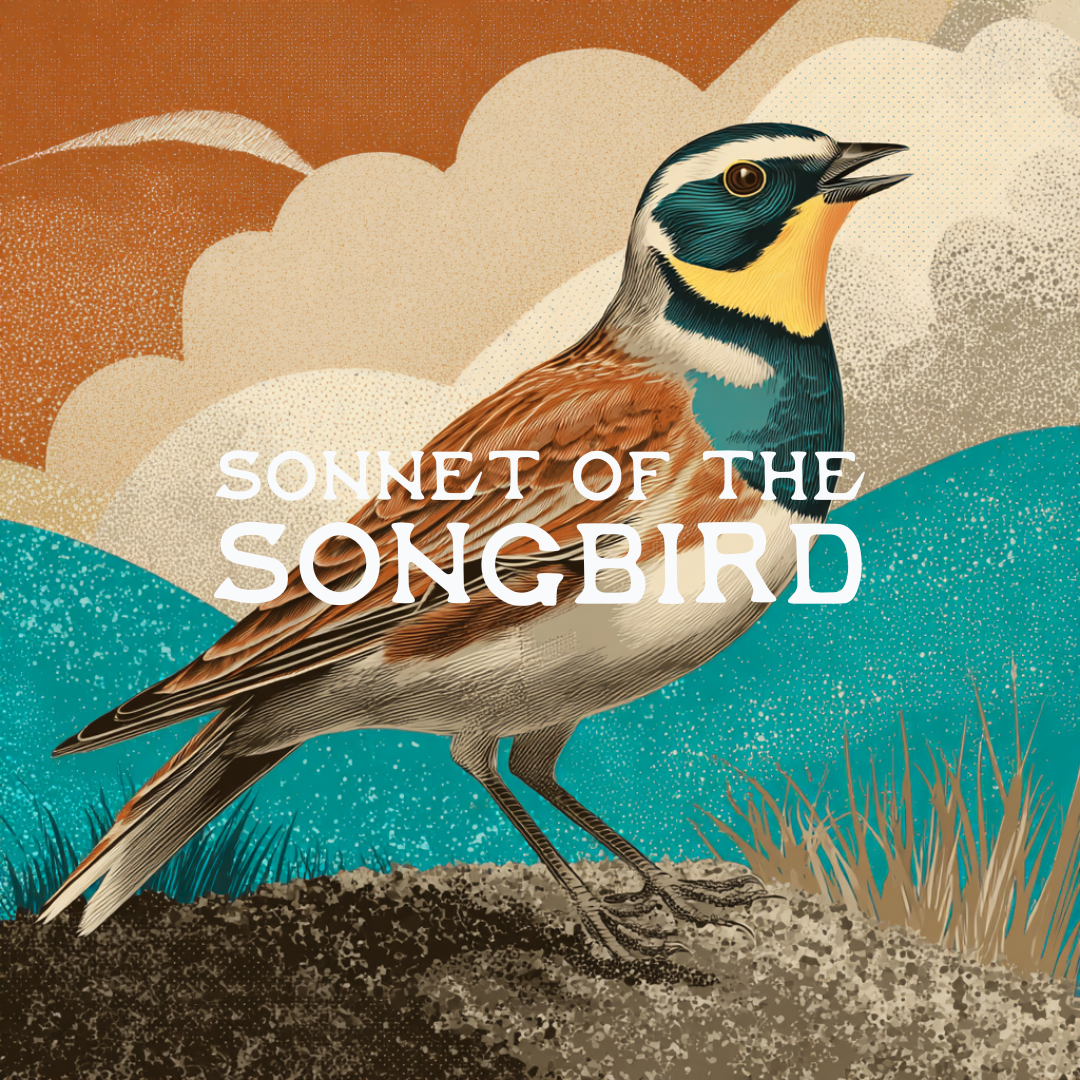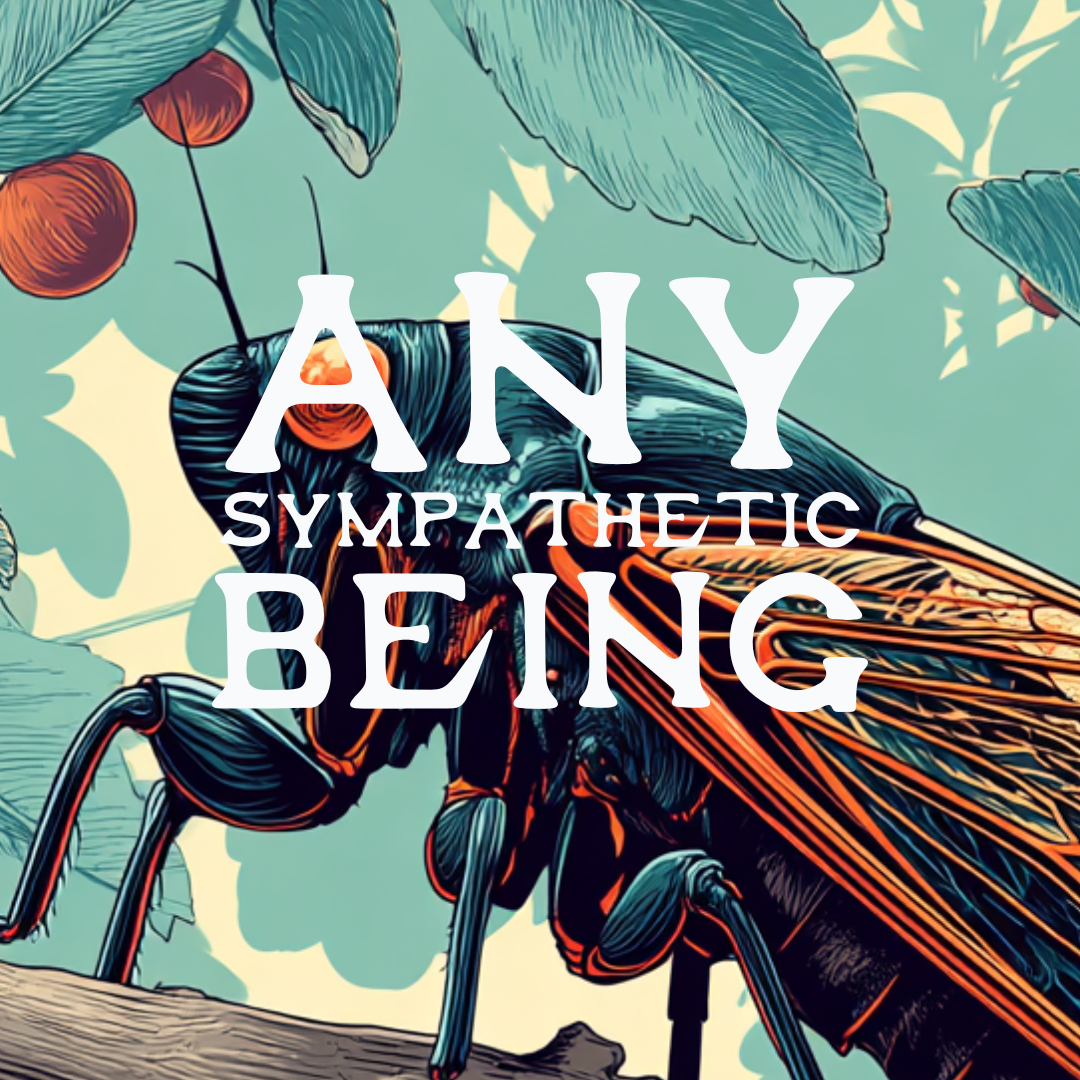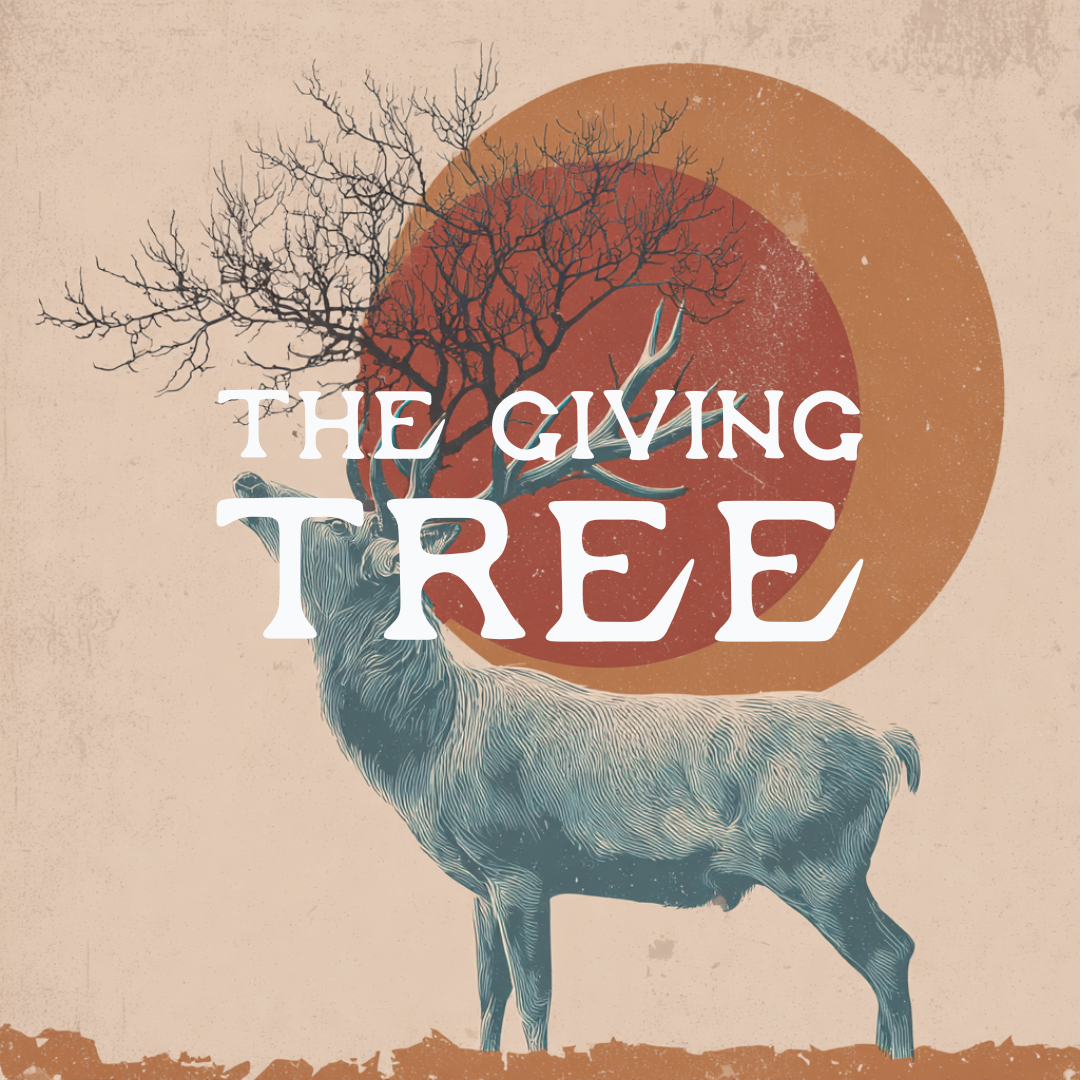A select few poems available to all.
Poetry For All
Poetry For subscribers
Choosing a poetry subscription is the right next step towards meaningful connection. I invite you to enjoy full access to my body of work as a paid subscriber. You can also join as a free subscriber and receive weekly poetry delivered to your inbox.

The Burdens of Guanajuato
This poem puts on display Mexican culture and the symbolism and importance of the donkey, or burro, within it. The idea here is to explore the themes of tradition and resilience and empathy, using the image of the burro as a powerful symbol. I wanted the reader to have a very imagistic experience - imagery of blankets and peddled goods and the burden of a hooved beast during the hustle and bustle of market days and the resilience of the people who rely on these animals for their livelihoods.

A Passing Storm
With an avid outdoor lifestyle, one takes note of nature's rhythms and patterns, which I’ve tried to incorporate into this “onomatopoeic” poem. Onomatopoeia is a literary device in which words imitate the natural sounds associated with the objects or actions they refer to, in this case, the sounds of rain, of weather, of a rainstorm.

An Ode to Cold Air
I have always been drawn to the Ode poetic formation since long ago discovering Neruda’s works, such as an ode to Salt or Watermelon or Socks, and realizing that when you enter one of these poems, you find yourself in the center of a surrealist tempest. This ode is written to express deep feelings for an object, and its value lies in its ability to convey intense emotions and celebrate beauty.

Morning from a Front Porch in Fall
One thing that makes poetry special is the ability to capture, communicate, and honor the simple, sometimes missed opportunities inside everyday observations in life. Within this context, culture is right there, offering this reflection, acting as a mirror reflecting norms and experiences that are full of richness, full of human experience, memory, and routine.

Destined for Anguish and Pain
I love the richness of the English language, especially the use of metaphor in comparing two totally unrelated things to provide you and me, as part of the audience, with a vivid image or expression. This poem employs the Ghazel poetic form, whose roots lie in 7th-century Arabia, later adopted by medieval Persian poets. This particular form borrows from one of my favorite poets, Robert Bly, fashioning five tercets.



The Old Guard
A nostalgic, free verse poem that looks at my childhood memories of majestic pines that towered over our local golf course. The poem, heavy with imagery, uses personification as a rhetorical device, in which an idea or thing is given human attributes and/or feelings or is spoken of as if it were human.

Coatepeque
Considered an eighth wonder of the world, the volcanic crater lake Coatepeque (Lago de Coatepeque) of El Salvador measures eleven by fourteen kilometers. The environment exhibits great natural wealth and the lake’s vivid blue waters cyclically change to turquoise green. Mayan ancestors of four lineages migrated to various water-protected environments in 8207 BCE following a triple-star event; its Quiche lineage settled onto Teopán, an island within this lake.

Observation Tower
Gamboa is a small town in Panamá, on the Chagres River which feeds into the Panama Canal. The town is surrounded by rainforest and wetlands, home to countless flora and fauna of the Soberanía National Park. This poem is centered around its observation deck, offering majestic views of an exotic territory, and a perspective of just how small we are in the grand landscape of our busy lives.

Chasing the Light of a Wonderful World Below
In this poem, I am working the interlocking rubaiyat, an ancient Persian form of poetry. As contemporary as Robert Frost, this quatrain form is made of four quatrains following an aaba rhyme pattern. Each successive quatrain picks up the (third) unrhymed line as the rhyme scheme for that stanza. I’m using this to capture the unmistakable beauty I once witnessed atop a mountain that overlooked the Uncompaghre Peak and National Forest, just northwest of Telluride. Words cannot adequately describe this heavenly view, but herein lies my attempt to capture its effect on me.



Catch and Release
This sporting afield work is written as a series of “essence” poems created by American poet Emily Romano, featuring a short, structured form of two lines, six syllables each with an end rhyme and internal rhyme.

We Interrupt This Message
The nature of counting down helps us measure the remaining time of some outcome as we approach an anticipated good. In this structurally concrete poem, I am counting up by the use of the number of words to a dreadfully-common weather occurrence in Texas - tornadoes.

A Surprise in the Shrublands
Field notes of an evening hunt whereas the hunter I became the hunted, captured in a free-verse poem with internal rhyme schemes.

Morning Reprise
Heaven is all around us, and certainly within the beauty of a majestic morning reprise, captured in a simple free-verse poem.

Sonnet of the Songbird
This poem employs the poetic form of the classical Shakespearean sonnet, capturing the morning magic of songbirds over the high plains of Taos in late summer.





